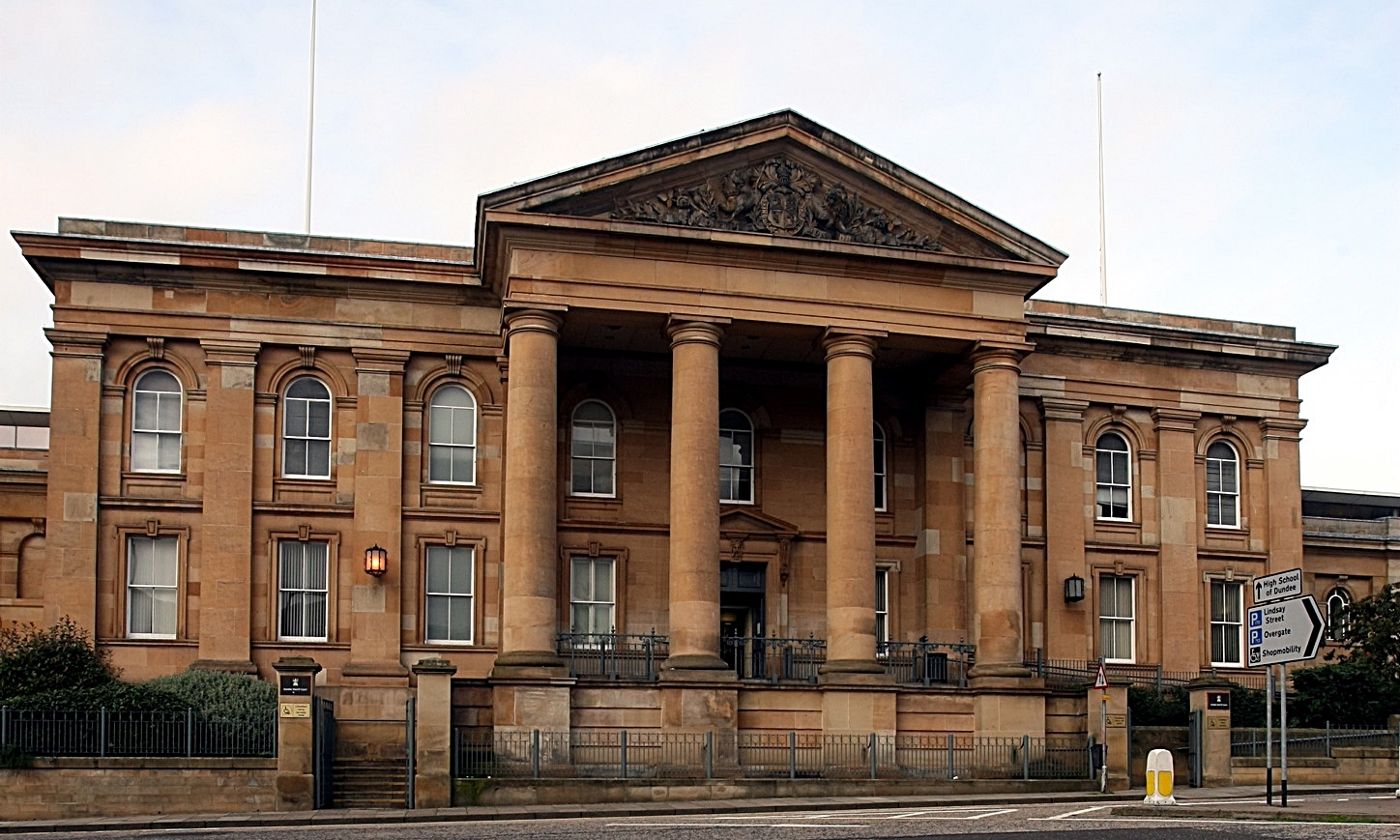A drug dealer has lost his £2,000 inheritance under Proceeds Of Crime laws even though he was able to prove it was left to him by his mother.
Dundee supplier Ronald “Rondo” Wright gave up a legal battle to keep the money after lawyers for the Crown Office, in a rare civil case, argued he planned to use it for “unlawful activity” and not, as he claimed, to buy a car.
His case was highlighted as the Crown’s Civil Recovery Unit (CRU) unveiled its annual report this week. Wright’s £2,000 was seized, along with some heroin, during a police raid on his home in February 2009.
He was not convicted as a result of the raid and argued the money came from an inheritance from his late mother. The CRU, using intelligence about the previously convicted dealer, argued he was going to use the money for criminal pursuits.
Initially, Wright fought the case but eventually gave up, failing to attend a court hearing on the matter.
Scotland’s Solicitor General Lesley Thomson stressed the £2,000 taken from Wright showed the unit could stop crimes taking place in the first place.
Ms Thomson said: “We, as prosecutors, usually look at something that has already happened. In this particular case we stopped something happening.”
Scotland’s 2002 Proceeds Of Crime Act allows the CRU to chase cash and assets they believe are the proceeds of crime.
However, a clause in the legislation also allows the unit to go after cash they believe is intended to be used unlawfully.
Linda Hamilton, the head of the CRU, said: “This is a really powerful part of the civil recovery legislation. We can and will use it if we think cash even if it may have been obtained lawfully is going to be used unlawfully.”
